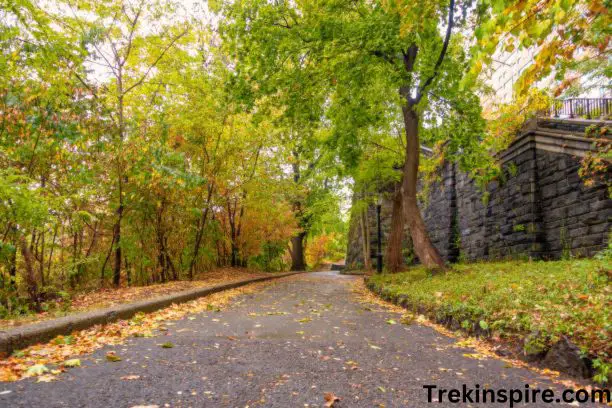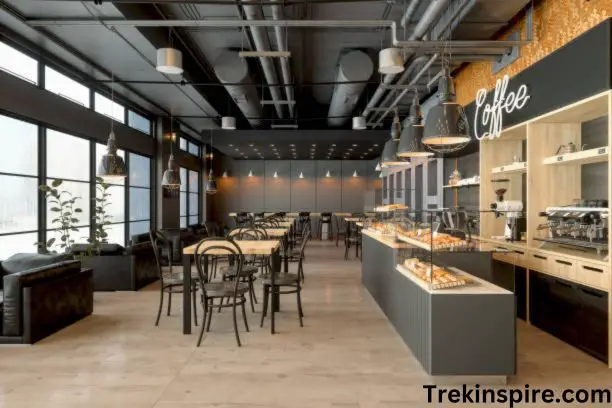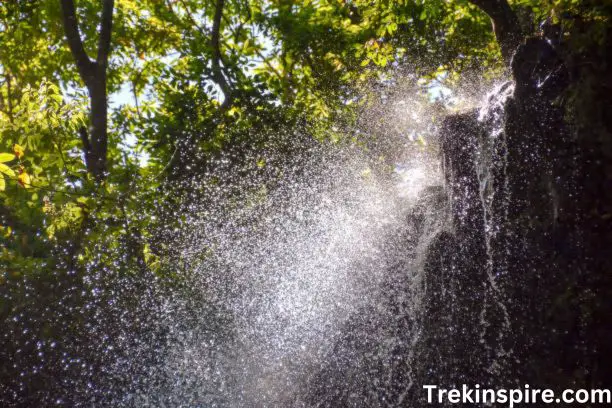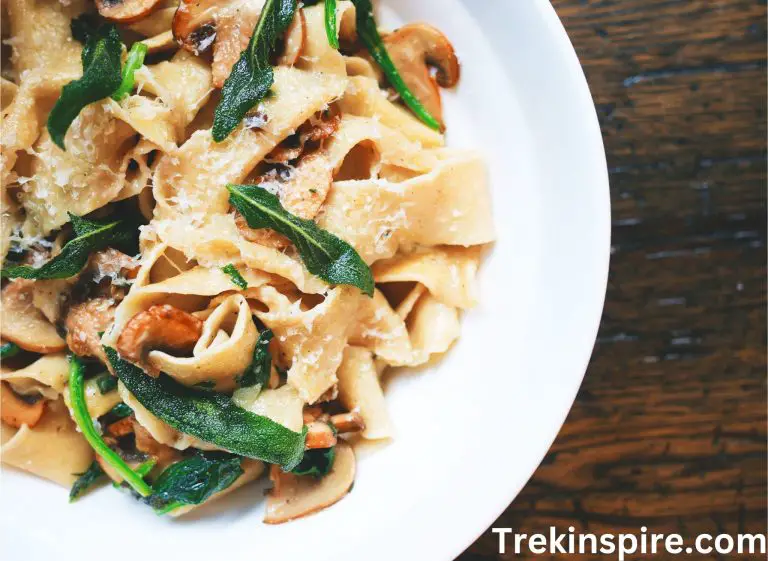Do coffee makers boil water?

Most coffee makers do not boil water. They heat water to a temperature of between 195- 205 degrees Fahrenheit, which is the ideal temperature for brewing coffee. Boiling water would make the coffee taste bitter and over-extracted.
There are a few reasons why coffee makers do not boil water.
- Boiling water can damage the coffee maker. The heating element can overheat and crack, and the plastic parts can warp.
- Boiling water can remove some of the delicate flavors from the coffee beans.
- Boiling water can create steam, which can build up pressure in the coffee maker and cause it to malfunction.
If you need to boil water for other purposes, such as making tea or ramen, it is best to use a stove top kettle or a microwave. These appliances will heat the water more evenly and prevent it from boiling over.
How coffee makers heat water?
- Most coffee makers have a heating element that is located at the bottom of the water reservoir.
- When the coffee maker is turned on, the heating element heats the water until it reaches the desired temperature.
- The hot water then flows through the coffee grounds, which extracts the flavor from the beans.
- The brewed coffee then drips into the carafe.
Some coffee makers have a preheating function that heats the water before brewing. This helps to ensure that the coffee is brewed evenly and consistently.
Does a coffee maker kill bacteria?
A standard coffee maker is not designed to kill bacteria. It brews coffee by passing hot water through coffee grounds, and the water’s temperature is usually below boiling point, which is typically not high enough to kill bacteria.
However, the hot water used in the brewing process may kill some bacteria, but it is not guaranteed to eliminate all bacteria as the water temperature in most coffee makers does not reach the boiling point of water (100°C or 212°F) which is often required to kill bacteria and other pathogens.
To ensure your coffee maker is free of harmful bacteria, it is important to clean it regularly as per the manufacturer’s instructions. Regular cleaning and maintenance are essential for both the quality of your coffee and your health.
Here are some tips for cleaning your coffee maker:
- Descale the coffee maker regularly. Descaling removes mineral deposits that can build up on the heating element and create a breeding ground for bacteria.
- Clean the carafe and coffee maker parts after each use. Use hot, soapy water and a brush to scrub away any coffee grounds or residue.
- Rinse the coffee maker parts thoroughly with hot water.
- Dry the coffee maker parts completely before storing them.
By following these tips, you can help to keep your coffee maker clean and free of bacteria.

Why your Mr. Coffee might not be brewing?
There are a few reasons why your Mr. Coffee might not be brewing. Here are some of the most common causes and how to fix them:
- Not enough water: Make sure that the water reservoir is full enough. The minimum amount of water required will vary depending on the model of your Mr. Coffee, but it is usually around 4 cups.
- Clogged filter: If the filter is clogged, water will not be able to flow through it. Remove the filter and rinse it under hot water. If the filter is still clogged, replace it with a new one.
- Defective heating element: The heating element is responsible for heating the water. If the heating element is defective, the water will not be able to reach the desired temperature and the coffee will not brew. If you suspect that the heating element is defective, you will need to contact a qualified technician for repairs.
- Faulty thermostat: The thermostat is responsible for controlling the temperature of the water. If the thermostat is faulty, the water may not reach the desired temperature and the coffee will not brew. If you suspect that the thermostat is defective, you will need to contact a qualified technician for repairs.
- Circuit breaker tripped: If the circuit breaker for your Mr. Coffee has tripped, the coffee maker will not work. To reset the circuit breaker, locate it in your home’s electrical panel and switch it back to the on position.
Here are some additional tips to prevent your Mr. Coffee from not brewing:
- Clean the coffee maker regularly. This will help to prevent build-up of coffee grounds and other debris, which can clog the filter and prevent water from flowing through.
- Descale the coffee maker regularly. This will help to remove mineral deposits that can build up on the heating element and thermostat, which can cause them to malfunction.
- Use the correct amount of coffee grounds. Too many coffee grounds can clog the filter and prevent water from flowing through. Too few coffee grounds will result in weak coffee.
- Use fresh, cold water. Using stale or warm water will result in a weaker cup of coffee.
Water boiling machines
There are many types of water boiling machines available. Some of the most common types include:
- Stovetop kettle: A stovetop kettle is a traditional way to heat water. Simply fill the kettle with water and place it on the stovetop. Bring the water to a boil, then remove it from the heat and let it cool slightly before brewing your coffee.
- Electric kettle: An electric kettle is a more convenient way to heat water. Simply fill the kettle with water and plug it in. The kettle will heat the water to the desired temperature and turn off automatically.
- Microwave: You can also heat water in the microwave. However, it is important to be careful not to overheat the water, as this can make the coffee bitter. Fill a microwave-safe cup with water and heat it on high for 1–2 minutes, or until the water is just starting to boil.
The best type of water boiling machine for you will depend on your needs and preferences. If you are looking for a traditional way to boil water, a stovetop kettle is a good option. If you are looking for a more convenient and faster way to boil water, an electric kettle is a better choice. And if you need to boil large quantities of water, a commercial water boiler is the best option.
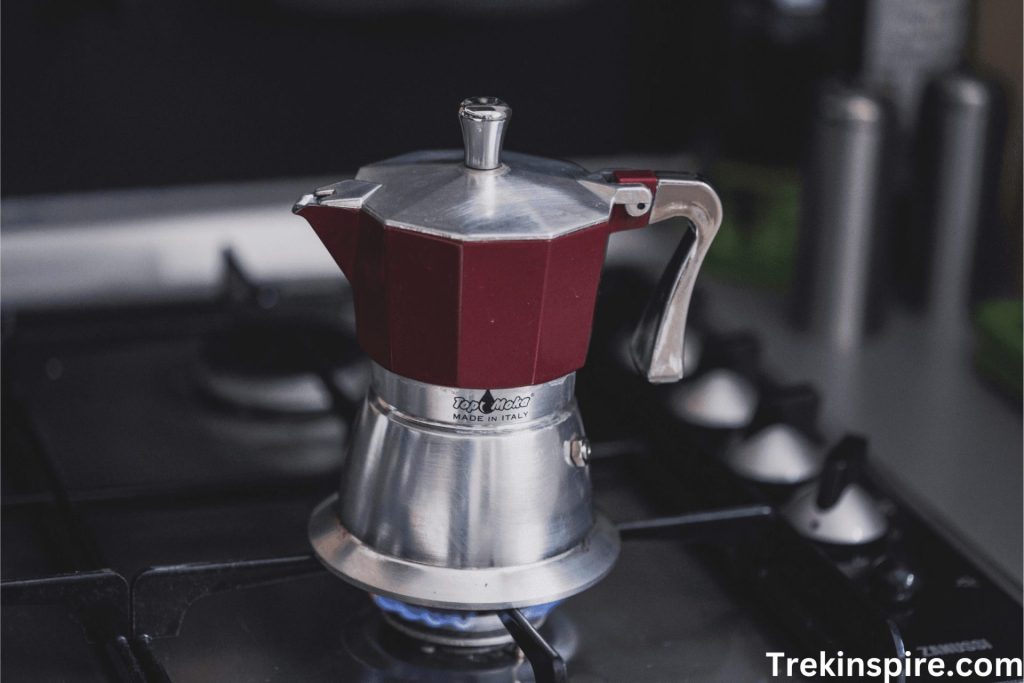
Extract flavor by boiling
There are many ways to extract flavor by boiling. Here are a few examples:
- Boiling herbs: To extract the flavor of herbs, simply add them to boiling water and let them steep for a few minutes. Some popular herbs to boil include mint, rosemary, thyme, and sage.
- Boiling spices: Spices can also be extracted by boiling. Simply add the spices to boiling water and let them steep for a few minutes. Some popular spices to boil include cinnamon, cloves, nutmeg, and ginger.
- Boiling fruits: Fruits can also be extracted by boiling. Simply add the fruits to boiling water and let them simmer for a few minutes. Some popular fruits to boil include apples, pears, peaches, and plums.
- Boiling vegetables: Vegetables can also be extracted by boiling. Simply add the vegetables to boiling water and let them simmer for a few minutes. Some popular vegetables to boil include carrots, potatoes, celery, and onions.
- Boiling stocks: Stocks are made by boiling bones, vegetables, and herbs. The boiling process extracts the flavor from the bones and vegetables, resulting in a flavorful liquid that can be used in soups, stews, and sauces.
When boiling to extract flavor, it is important to use the correct amount of water. Too much water will dilute the flavor, while too little water will not allow the flavor to be extracted properly. It is also important to boil the ingredients for the correct amount of time. Over boiling can make the flavors bitter.
Here are some additional tips for extracting flavor by boiling:
- Use fresh, high-quality ingredients.
- Use cold water when adding the ingredients to the pot. This will help to prevent the ingredients from discoloring.
- Don’t overcrowd the pot. This will prevent the ingredients from cooking evenly.
- Skim off any foam that forms on the surface of the water. This foam can contain impurities that can affect the flavor of the final product.
- Strain the liquid before using it. This will remove any solids that may have been cooked.
By following these tips, you can extract the flavor of your ingredients and create delicious and flavorful dishes.
Heating water for coffee
Heating water for coffee is a crucial step in the coffee-making process, as the water temperature affects the extraction rate of the coffee grounds and, therefore, the taste of the coffee.
- Ideal Temperature: The Specialty Coffee Association recommends a water temperature between 195°F-205°F (90°C-96°C) for optimal coffee extraction. Water that is too hot or too cold can lead to over-extraction or under-extraction, respectively, affecting the taste of the coffee.
- Boiling Water: Boiling water (212°F or 100°C) is too hot for brewing coffee and can lead to over-extraction, resulting in a bitter taste. If you are boiling water, let it cool down for about 30 seconds to a minute before brewing your coffee.
- Heat Source: You can heat water for coffee using various methods, such as on a stovetop, using an electric kettle, or using a microwave. Some coffee makers have a built-in heating element that heats the water to the ideal temperature for coffee brewing.
- Filtered Water: It is recommended to use filtered water for making coffee. Tap water often contains minerals and impurities that can affect the taste of the coffee and also lead to a buildup of mineral deposits in your coffee maker over time.
Remember, the quality of your coffee depends on the quality of your water, so always start with clean, filtered water heated to the right temperature for the best-tasting coffee.
Can a Keurig make hot water?
Yes, a Keurig can make hot water. Most Keurig models have a hot water function that allows you to dispense hot water without brewing coffee. This can be useful for making tea, hot chocolate, or instant oatmeal.
To use the hot water function on a Keurig, simply fill the water reservoir with cold water and select the hot water setting. The Keurig will heat the water to a temperature of 195-205 degrees Fahrenheit (91-96 degrees Celsius) and dispense it into a cup.
It is important to note that the hot water from a Keurig is not as hot as boiling water. Boiling water is 212 degrees Fahrenheit (100 degrees Celsius), so if you are looking to make tea or hot chocolate, you may want to boil the water in a separate pot or kettle.
Here are some safety tips to keep in mind when using the hot water function on a Keurig:
- Always unplug the Keurig when it is not in use.
- Do not touch the hot water.
- Use a potholder or oven mitt to handle the carafe or other hot parts of the Keurig.
- Keep the Keurig out of reach of children and pets.

Boiled coffee
Boiled coffee is a traditional method of preparing coffee that involves boiling water and coffee grounds together in a pot or saucepan. There are several popular types of boiled coffee, including Turkish coffee, Moka pot coffee, and percolator coffee.
- Turkish coffee is made by slowly bringing water, finely ground coffee, and sugar (if desired) to a boil in a traditional copper pot called an Ibrik or cezve.
- Moka pot coffee is made by filling the lower chamber of the pot with water, adding coffee grounds to the filter, and heating the pot on the stove until the water boils and is forced through the coffee grounds into the upper chamber.
- Percolator coffee is made by adding water and coffee grounds to an electric percolator and allowing it to brew for several minutes.
Here are some tips for making boiled coffee:
- Use coarsely ground coffee. Coarsely ground coffee will help to prevent the coffee from becoming too bitter.
- Don’t oversteep the coffee. Oversteeping the coffee will make it bitter.
- Strain the coffee immediately after steeping. This will help to remove any sediment from the coffee.
Boiled coffee is a method of brewing coffee in which water is brought to a boil and then the ground coffee is added. The coffee is then allowed to steep for a few minutes before being strained. Boiled coffee is a simple and quick way to make coffee, but it can result in a bitter and overextracted cup of coffee.
How to make boiled coffee?
- Bring water to a boil in a saucepan.
- Remove the saucepan from the heat and add the ground coffee.
- Stir the coffee and water together.
- Let the coffee steep for 3-5 minutes.
- Strain the coffee into a cup.
Here are some of the pros and cons of boiled coffee:
Pros:
- Simple and quick to make
- No special equipment required
- Can be made anywhere
Cons:
- Can be bitter if the coffee is overextracted
- Can be cloudy if the coffee is not strained properly
- Not as flavorful as coffee brewed using other methods
Boiling point of coffee
The boiling point of coffee is not a fixed value, as it depends on the atmospheric pressure. At sea level, the boiling point of water is 212 degrees Fahrenheit (100 degrees Celsius). However, the boiling point of water decreases as the atmospheric pressure decreases. For example, at an altitude of 10,000 feet, the boiling point of water is 195 degrees Fahrenheit (91 degrees Celsius).
The boiling point of coffee extract is also affected by the concentration of coffee grounds in the water. The higher the concentration of coffee grounds, the higher the boiling point of the coffee extract.
In general, it is not recommended to boil coffee grounds, as this will extract the bitterness from the coffee. The ideal temperature for brewing coffee is between 195 and 205 degrees Fahrenheit (91 and 96 degrees Celsius).
If you are looking to make coffee, it is best to avoid boiling the coffee grounds. Instead, try using a different brewing method, such as drip coffee, French press, or pour-over. These methods will extract the flavor from the coffee grounds without making it bitter.
Can you boil coffee grounds?
Yes, you can boil coffee grounds, but it is not recommended. Boiling coffee grounds will extract the bitterness from the coffee, resulting in a cup of coffee that is unpleasant to drink.
The ideal temperature for brewing coffee is between 195 and 205 degrees Fahrenheit. This is hot enough to extract the flavor from the coffee grounds, but not so hot that it makes the coffee bitter. When you boil coffee grounds, the water reaches a temperature of 212 degrees Fahrenheit, which is too hot and will extract the bitterness from the coffee.
If you are looking to make coffee, it is best to avoid boiling the coffee grounds. Instead, try using a different brewing method, such as drip coffee, French press, or pour-over. These methods will extract the flavor from the coffee grounds without making it bitter.
Here are some other ways to make coffee without boiling the grounds:
- Drip coffee: This is the most common way to make coffee. Simply add ground coffee to a filter in a coffee maker and pour hot water over it. The coffee will drip into a carafe below.
- French press: This method uses a plunger to separate the coffee grounds from the brewed coffee. Simply add ground coffee to the bottom of a French press and pour hot water over it. Let the coffee steep for 4-5 minutes, then plunge the plunger to separate the grounds from the coffee.
- Pour-over: This method uses a pour-over cone to slowly pour hot water over the ground coffee. This method allows for more control over the brewing process and can result in a more flavorful cup of coffee.
Do you want to read Egg washing machine?


